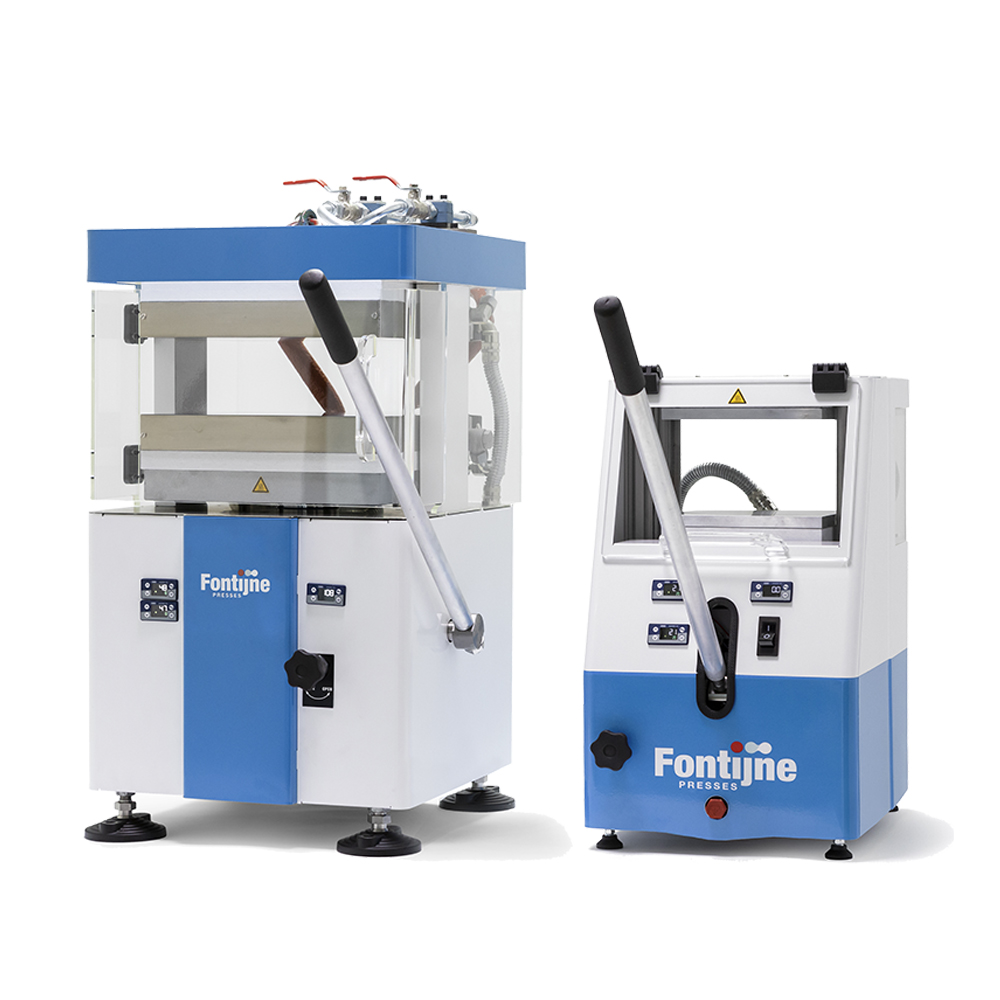According to the Paris agreement, the CO2 level should be reduced in 2050 to the level of 1990. Therefore, the aim of the Dutch government is to be 100% circular by 2050.
Over the last decades, several solutions have been developed to replace fossil fuels as energy source by renewable alternatives like wind and solar energy. The next step should be the replacement of materials, currently based on fossil fuels, by materials based on renewable, biobased sources.

Example of cross laminated timber (CLT)
Building industry working on circularity
One of the industries working on circularity by using more biobased resources is the building industry. Several initiatives have shown that building in a biobased way is possible, for example by making use of cross laminated timber (CLT) as constructive material instead of concrete or steel.
However, CLT and comparable wood boards are not 100% biobased. The missing link is the adhesive used to glue the panels together. To make 100% biobased building possible, a biobased adhesive need to be developed which is the aim of the RAAK-mkb funded project “Connecting Fibers”.
Preparation of cross laminated timber (CLT)
The process of preparing CLT consists of several steps as shown in figure 1. The final step, the curing, is a critical step in the formation of CLT and is a step which always have to take place to evaluate the properties (lab shear) of the resin and formulations developed in the prior steps.
The curing normally takes place under pressure controlled and high temperature conditions. In preliminary experiments, curing was performed using a set up that was only temperature controlled. The applied pressure could not be set, resulting in large variations in applied pressure and thus in a lap shear force.

Figure 1: Schematic representation of the process of preparation of an adhesive and the use thereof in CLT
A second preliminary experiment, during which a small weight was used to hold the test strips together, showed the importance of a pressure during curing as the binding of the test strips was so weak that the lap shear force could, in most cases, not even been measured.
Therefore, the aim of the experiment presented in this application note is to show the advantage of using the Fontijne Presses LabManual 50 press to achieve proper curing, supporting the development of a biobased resin and adhesive.

CLT samples prepared for the use with the LabManual 50
Experimental
Resin was prepared following the procedure published by Siahkamari et al. (2022). Resins were formulated according to the procedure of the same authors, but plywood extender was omitted.
Blank formulations were prepared only containing flour and alkali. About 0.15 g of formulation was placed on bamboo test strips (area of about 1 cm2), and a second strip was place on top. The test strips were cured either in an oven of 180°C or using the Fontijne Presses LabManual 50 press at 180°C and applying 1 kN or 10 kN.
The lap shear force was measured as output parameter using a tensile tester. All experiments were performed in triplicate.
Results
In order to show the effect of pressure during curing, a test resin and a blank resin were cured using the method used in a preliminary experiment (oven, no pressure applied) and using the Fontijne LabManual 50 at 2 different forces, 1 and 10 kN, both at 180°C.
After curing, the lab shear force was determined. The results are presented in figure 2.
The results of the lap shear force measured after curing in an oven are incomplete. The test strips already felt apart when placing them in the tensile tester, indicating a very weak binding. This showed that pressure is essential to obtain measurable binding of the test strips.
When comparing the results of the test strips cured at 1 kN and 10 kN it is obvious that the higher the pressure the better the adhesion. The variations are still rather higher but that can be explained by the inaccuracy of working with small test strips.

Figure 2: Comparison on lap shear force of test strips cured in an oven or making use of the LabManual 50. Blank formulations after curing in the oven could not be tested.
In case the pressure could not have been controlled (preliminary data, not shown), the results would have shown an average of the pressures applied, leading to a much higher variation of over 50%. So, the use of the pressure- controlled press resulted in a reduced variability. Further optimization studies are needed to find the optimal settings, but this experiment shows the benefit of the functionality to control the pressure.
The lap shear force of the formulation including the test resin and the blank formulation did not differ from each other. At this moment, the resin did not have any added value. This is not surprising since the development of the resin has just started.
Conclusion
Making use of the Fontijne Presses’ LabManual 50 manual laboratory press makes it possible to cure under reproducible conditions, resulting in much lower variability in measured lab shear force. This is essential for the development of a biobased resin since it makes it possible to study the effect of process parameters on the final properties of the resin and formulation in a reliable manner.
This application note has been written and made available to us by Karin Struijs, Else Kragt, Richèle Wind, COE HAN BioCentre, lectorate Biobased Innovations, HAN University of Applied Sciences, Nijmegen, The Netherlands.

